Can the DT4E pilot address green skills shortages in Europe?
Guest Article written by Claire Kumar, Senior Research Fellow at ODI.
The challenge for Europe to reach net zero is immense, with ambitious targets to build up solar and wind power and retrofit buildings. The EU must almost double the pace of installations to achieve its targets for decarbonizing buildings. However, the EU’s green skills shortages are enormous; the solar, wind, and retrofitting industries are sounding the alarm.
While workforce challenges are daunting, too few look at the role migrant workers – including refugees - could play in supporting a rapid green transition. We have multiple tools at our disposal, not least the EU-funded Displaced Talent for Europe (DT4E) pilot programme, which is led by the International Organization for Migration (IOM) and implemented in collaboration with Fragomen and Talent Beyond Boundaries. This programme supports hiring refugees and other forcibly displaced job seekers to move internationally as skilled workers. As ODI research (in the UK and Ireland) shows with proactive engagement from industry and government, much more can be achieved in shaping this program to support net-zero workforce development.
The scale of retrofitting workforce challenges in the UK and Ireland
In the UK, the Climate Change Committee estimates retrofitting will create 120,000 to 230,000 new jobs by 2030, far greater than any other net zero area (see figure).
In the UK’s tight labour market context, with an ageing population and chronic labour shortages - and a construction sector that has seen its worker shortages exacerbated by Brexit - there is an honest possibility workers will simply not be found in time.
The labour market context in Ireland is possibly even more challenging, given the country’s exceptionally low unemployment rate and widespread labour shortagesacross multiple sectors. The construction sector is also particularly struggling, given its legacy issues since the industry's collapse following the global financial crisis. This has left profoundly negative perceptions of the industry. No one thinks that meeting the significant forecasts for workers required in construction (see figure) will be easy.
While the Irish government is making robust efforts to promote careers in construction, registrations for apprenticeships in craft occupations critical for retrofitting are not increasing rapidly (except for electricians) (see figure). Indeed, recently released data confirms a decline in 2023.
Is immigration seen as part of the workforce solution?
ODI’s stakeholder consultations revealed notable differences between the UK and Ireland on whether immigration is appreciated as part of the workforce solution. The UK’s lack of progress in building a retrofitting industry, poor skills infrastructure, fragmented training options, and lack of a national workforce development plan are the areas that have occupied the most attention. While the UK certainly has some policy options – see figure – discussion around the use of immigration policy to support net-zero workforce development is in its infancy.
However, in Ireland, the rapid scale-up of retrofitting in recent years has left many stakeholders alarmed at worker shortages: the availability of labour is now seen as 'the single biggest barrier' to progress on the government’s targets. The government has already significantly reformed immigration policies to boost construction sector recruitment. And while there are certainly gaps in the government’s strategy (as discussed in our research), openness to finding new solutions is palpable.
Where does the DT4E programme fit in?
In the UK, the programme's first pilot has been hugely successful – more than 230 nurses have already been recruited in the first phase, and 17 refugees have relocated to jobs in the tech, media, legal and construction sectors more recently. The UK Home Office has renewed and expanded the programme's remit. The Scottish government is already shaping its participation in the programme to recruit engineers for its renewable energy sector.
In Ireland, the DT4E programme is new. Three refugees recruited into the eHealth division of the Health Service Executive arrived in March 2024; more are coming soon to take up roles in a telecoms company. ODI's research sketches out the significant opportunity to use the infrastructure of the DT4E programme to support construction sector recruitment by expanding partnerships with the private sector and the Sustainable Energy Authority of Ireland. Given the substantial capacity and well-funded courses offered by Ireland’s Nearly Zero Energy Buildings (NZEB) Centres of Excellence, there is also a significant opportunity to combine refugee recruitment with upskilling in green construction skills.
The opportunities are significant given the talent profile in Talent Beyond Boundaries’ Talent Catalog (see figure).
Indeed, several of these skilled trades occupations map directly onto Europe's top 10 list of shortage occupations. Clearly, there is huge potential to tailor this programme for construction workforces, which will be critical to Europe meeting its net-zero targets.
What more could be done?
Other changes would make the DT4E programme more effective. For the UK, the creation of a net zero workforce visa category—a move that should include reduced visa costs—would increase the attractiveness of this option to employers.
In Ireland, putting craft workers—such as plumbers, electricians, and carpenters—on the critical skills employment permit list would make refugee recruitment much easier. It would enable people to bring their families immediately and provide a more rapid pathway to permanent legal status.
Talent Beyond Boundaries is also poised for scale, with the possibility of a cohort hiring approach offering an efficient solution for the construction sector. This is attractive for firms not used to using immigration systems and particularly relevant for the fragmented construction sectors in the UK and Ireland, where small firms dominate.
A call to action
There is potential to combine programmes that support global refugee labour mobility with a vision for a rapid green transition. The basic infrastructure of the DT4E programme can be built on – more purposefully – with a green skills lens.
A willing government partner with the courage to experiment with Talent Beyond Boundaries ‘hire-train-move’ model could reap significant benefits. For maximum efficiency and effectiveness, refugees could be provided with new green skills—whether in solar PV, heat pump or insulation installation—through upskilling programmes in their countries of residence before resettlement.
These programmes require active government support in setting up supportive agreements for visa processing, strategically tailoring for a critical sector, and brokering the relationships required. While opportunities in Ireland appear particularly tangible - given industry growth, openness to innovation and well-developed green skills infrastructure – there is scope for mobilizing this untapped potential of workers more widely across European countries.






